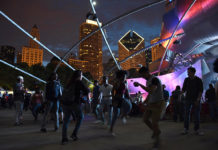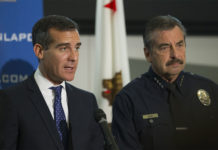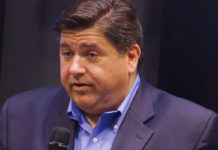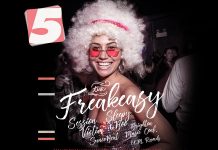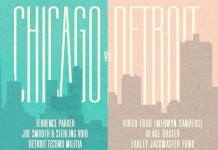My very first Freakeasy was 5 years ago, and the first thing I remember is how overwhelming it all was to take in. People were dressed up in all kinds of crazy outfits and my visual and aural preceptors were in mad overload. I saw familiar faces from the club scene, but many more that I didn’t know. It wasn’t your typical creepy douchey afterparty where every last desperado was in the building looking for any vice to keep themselves going. This one had a friendly vibe, and you got the feeling that for these folks this event wasn’t an afterthought after a long night of partying. For them this was the main event.
This event also sells out every time. There’s no walking in last minute, and no amount of begging and bribing will get you in. This is an occasion you have to plan for weeks and even months ahead of time.
In other words: for those who can’t seem to hold a residency longer than a few months much less a weeks, take notes.
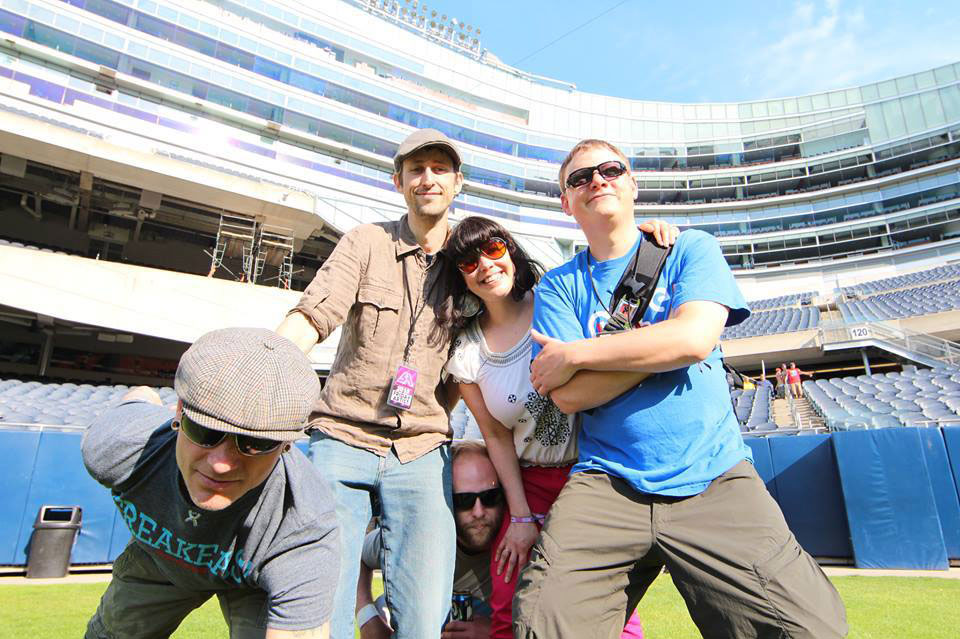
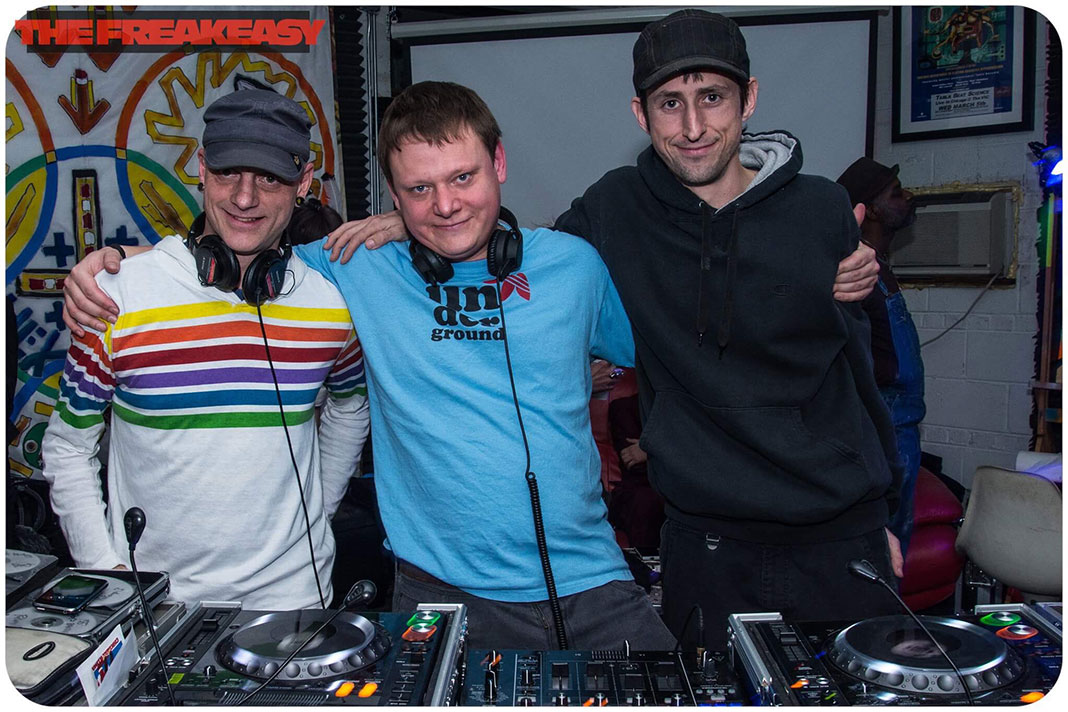
The Beginnings, the invention of Trip-Hop and signing with Lil Louis
Freakeasy founder Matt Fusello is a Chicago native who’s been drumming for bands since he was 16 years old and was a Hardcore Punk/Rude Boy who’s also produced around 90 Hindustani classical concerts for the likes of Ravi Shankar. He’s lean, energetic and very amiable. His story leading up to creating the Freakeasy is absolutely fascinating.
One of his early gigs was drumming for a hardcore punk band called Out of Order. He stayed with the group for 9 years, playing sold-out shows at the Metro. Between classes study Free Jazz at Columbia and Advertising at Roosevelt University, he also drummed for his friend Mike Kandel’s Tranquility Bass, credited by many with starting the Trip-Hop movement.
“Mike was the first guy with a sampler and a computer,” Matt says. “Samplers had just come out and Public Enemy was using them, making Hip-Hop, but no one else was. They started using drum loops with samplers and it changed the way electronic music was made. Fat Boy Slim and the Chemical Brothers were calling him up asking him how to do that. So basically they learned all that from him. He put out his own work, like a Public Enemy thing but with no vocals. When “Cantamilla” came out, a review in London said ‘it’s like Hip-Hop but it’s like Trip Hop’ and that’s how the word Trip-Hop came from that single.”
Because at the time there weren’t sample packs nor CDs filled with drum loops, the only way to get drum samples was from records. Matt began recording the single drum hits that were to later be used for some of the earliest Trip-Hop records.
After his stint in Cali he found himself back in Chicago and joined as many bands as he could. He hooked up with DJ Shon Dervis Smith and started his own band Dope. When Lil Louis heard them at a recording studio in 1991, he immediately signed them to his label Diamond International. This was odd to the musicians since they were basically a “stoner rock band with funkadelic beats” that had only been playing for 3 weeks. “We were so not in tune with House music or anything,” said Matt.
Although the Lil Louis deal did not pan out, Dope went on to play successfully for 4 years, even opening for Tupac’s first tour at the China Club. When the band finally broke up, Matt recorded the Tranquility Bass’ 1997 album ‘Let The Freak Flag Fly’ on Astralwerks.
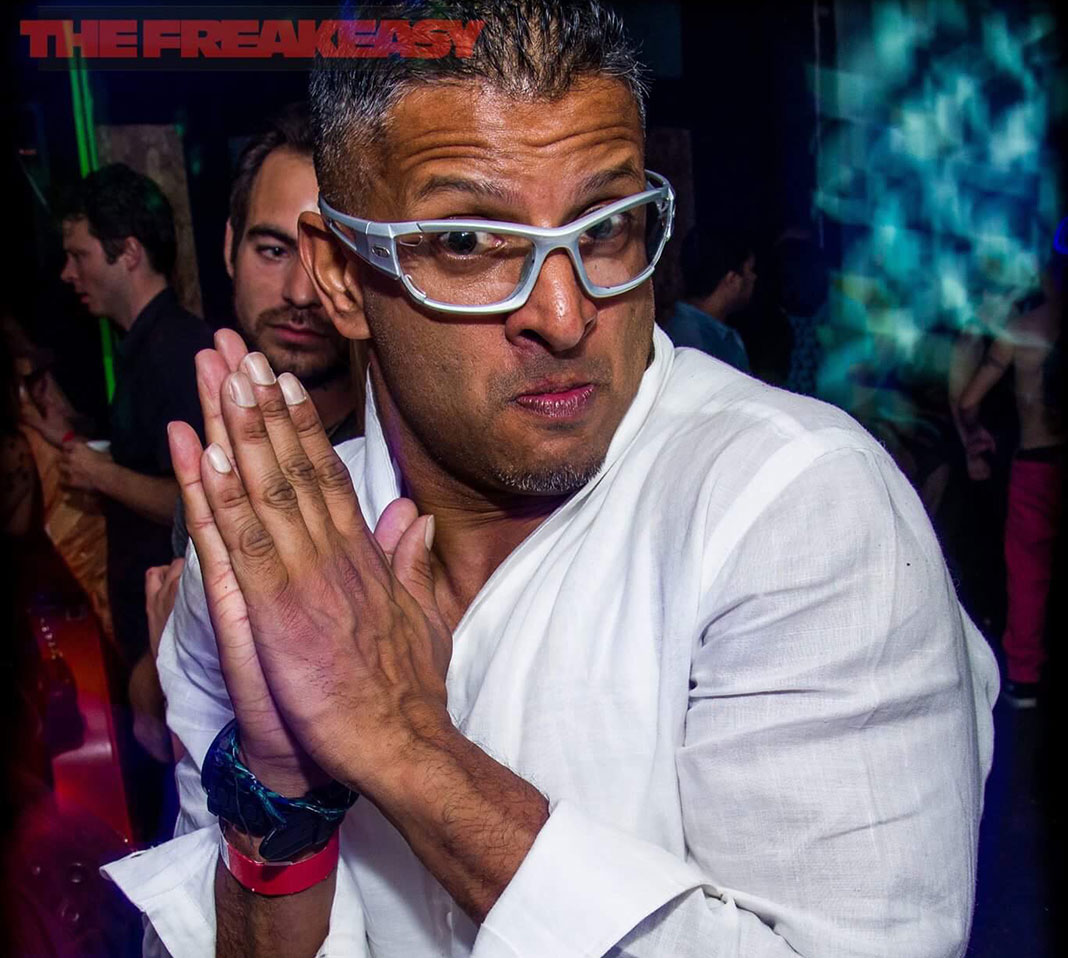
DJing & Bjork
After Dope broke up, it seemed like it was time to open a new chapter. Around 1994 while at London’s Blue Note Club on the dancefloor with Bjork, he heard Drum and Bass for the first time. He explains “I was a huge Dub head because in the Punk Rock scene in 1983, the only big underground scene was Reggae and Dub. Gay, Punk Rock, Reggae – we were all kind of one underground scene. We were all in our own itemized pods, but we were all underground.” What united them? “Basically people wanted to kill us all.”
“Finally I heard electronic music I could relate to,” he explains. He found a loft called The-Lab and started DJing a pirate radio station that lasted for 7 years.
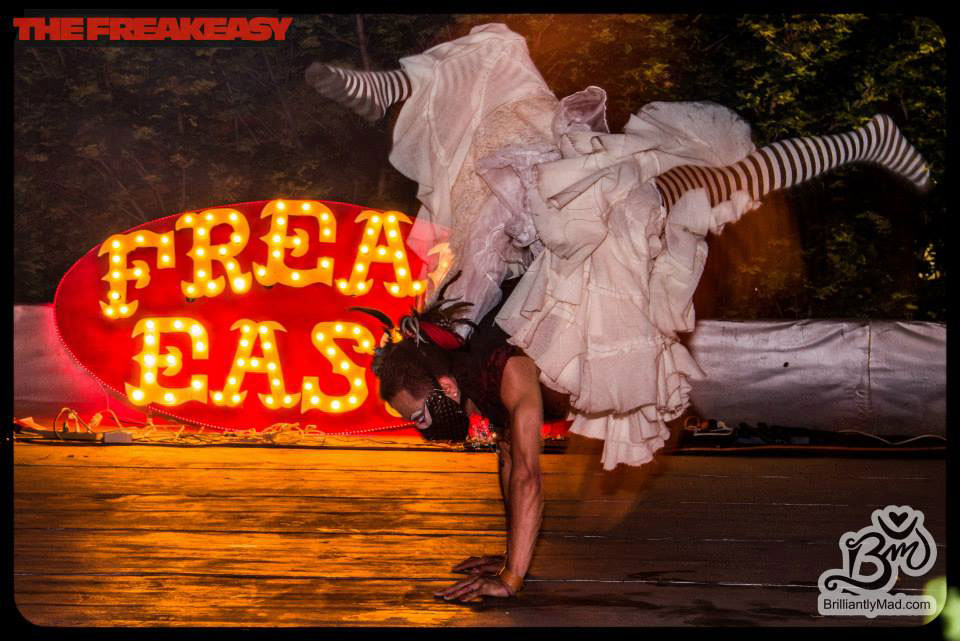
Burning Man & Not Giving A Fuck
In 1996 Matt experienced his first Burning Man when it was still at its early stages. At the time there were only 6000 people, and what he didn’t realize was that his older brother was one of its lead organizers.
“What I liked about Burning Man was that you didn’t have to schmooze with anyone about what you wanted to do. I was so disgruntled with the music industry. With Burning Man you could make your own life and it was up to you. You could build your club, and there’s someone out there that’s going to resonate with you and like it. It didn’t matter if it was 5 people or a thousand, and there was so much freedom in that. You didn’t have to play the game of the music industry. It’s DYI, it was so punk rock. And it wasn’t made up of hippies…it was the San Francisco’s gay community, ex punk-rockers, industrial people that liked to blow shit up.”
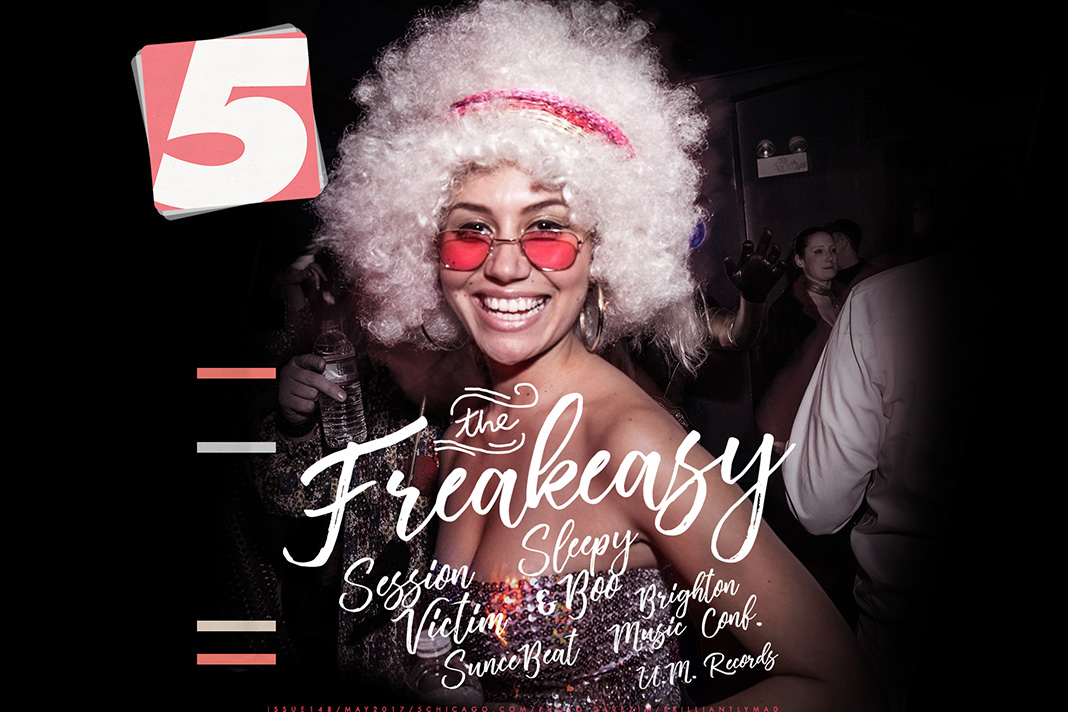
“It wasn’t until Phish stopped going on tour in 2002 that the hippies started coming because they didn’t know what to do. It was half gay and half Mad Max.”
Despite being around the dance music scene, Matt had stayed away from the dancefloor himself, “I was so self conscious about the way I looked dancing. But after my 3rd year at Burning Man I heard this amazing music – it was when new school breaks came out. I looked around at the dancefloor and everyone looked like an idiot. And I thought, I could be an idiot too! And it was so liberating, not just about dancing but about everything in my life. I didn’t care anymore. I could just be myself, I don’t give a fuck. I don’t care if you’re laughing at me, I’ll laugh at me too!”
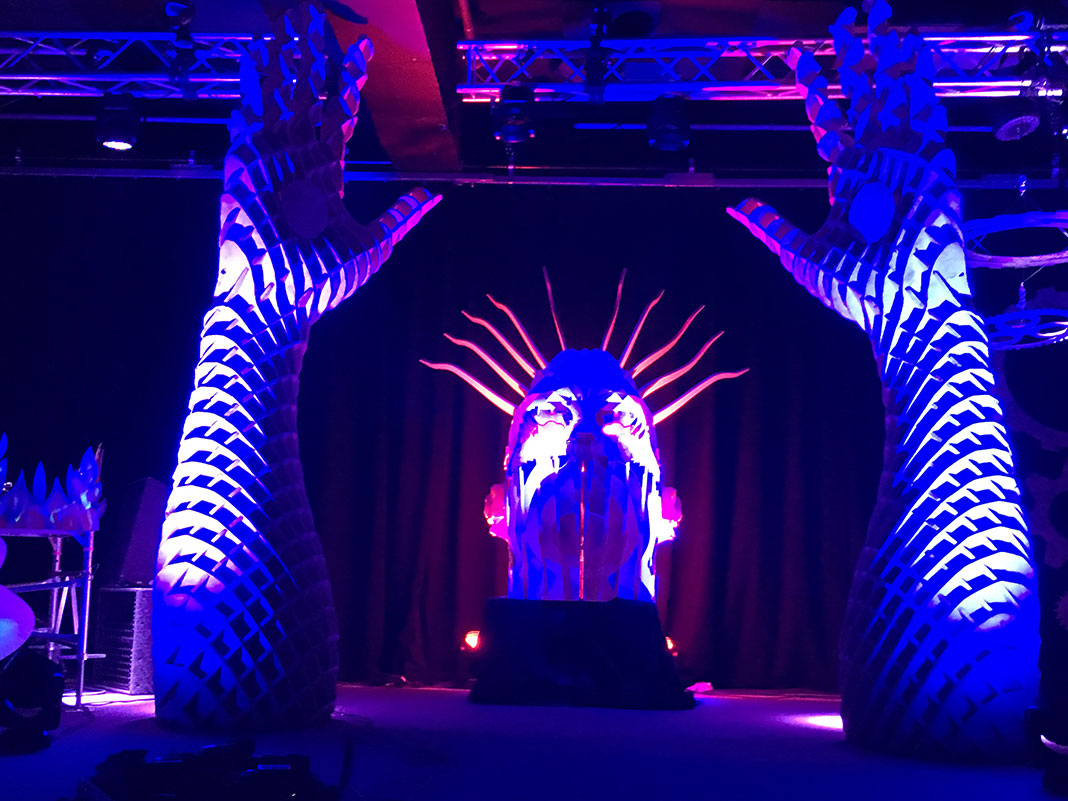
“I Didn’t Want to Bring Chicago to Burning Man, I Wanted to Bring Burning Man to Chicago!”
In 2000 Matt was working at a company called Radiowave (a Motorola startup), which coincidentally the director of said company was Matt Adell, the manager of Tranquility Bass and eventually the CEO of Beatport. It was here that he met fellow DJs Ben Stroh aka Striz and Justin Reed. Striz and Justin had gone to college together and eventually started throwing loft parties at 657 W. Lake Street every month for 5 years under their crew name illmeasures (which included member Brad Miner.) At the same time they were doing this Matt was throwing his Bombay Boombox parties at Sonotheque with then partner and good friend Brian Keigher, who was responsible for Chicago’s famed early Summerdance parties as well as other high profile city events.
It was 2005 and Matt had already been going to Burning Man for 10 years, and at the time it was his means to get away from Chicago. He would go there, gather inspiration and come back fortified with new ideas. “I didn’t want to bring Chicago to Burning Man, I wanted to bring Burning Man to Chicago!” That year he was surprised when his brother told him that there was a camp from Chicago with over 200 people.
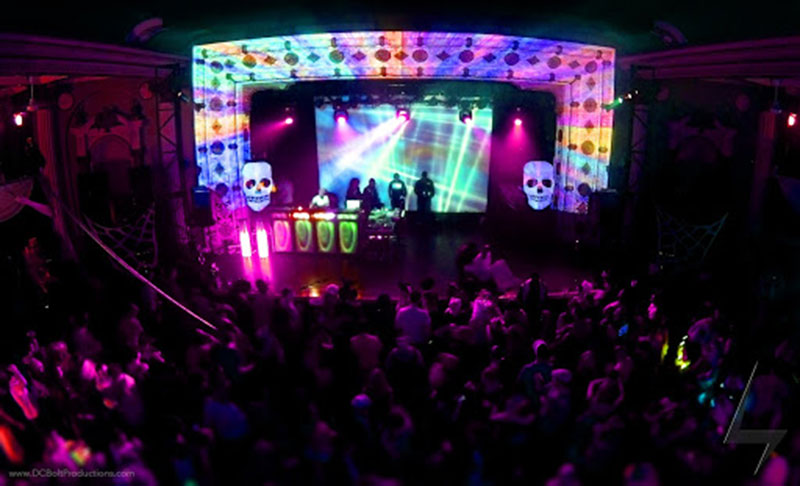
So upon his return that year he began cultivating the local burner community by finding out who the people were scattered into small groups all over the city. He began attending their meetings and tell them his idea about throwing a unifying party with all of them involved.
Their very first event was done at the loft he did his pirate radio shows at and was made up of illmeasures, Liz Campanella (who started the Full Moon Jam), Devon Breen (founder of Chiditarod) as well as other leaders within their own pods. What was involved in their event? You’ll find the DJs playing a wide variety of electronic music (curated by Striz and Matt), burlesque dancers, fire spinners, art installations and mind blowing decor.
They called the party Resonate and booked a then unknown Bassnectar to DJ for them, and the rest as they say is history.
“We hate the term burners. What’s that mean? There’s every type of person at Burning Man. You just be yourself! So we’re very focused on that all inclusive nature. I don’t care what or who you are. Just be a nice person.”
Participants Not Spectators
The idea behind their parties was that they would put the money they earned back into the community that they were just starting. They formed a steering committee (comprised of all the leaders of the pods within Chicago), where they could build their community together and meet once a month and plan more events. They began giving the money for art grants which eventually turned into a non-for-profit called BURN (Bold Urban Renaissance Network), which now runs itself.
“We wanted to start a sort of speakeasy for the freaks, so I came up with the term Freakeasy” says Matt, explaining the 2nd party name alongside Resonate. No one involved in the party was getting paid. Matt explains, “The whole Burning Man premise was that you do things because you want to do them. You’re all talented, we’re all participating. You might be a poet, a bass player, a DJ, a dancer, but we are all equal. I’m not putting on a show for you, we’re putting on a show for each other. And that’s the same premise we use today for Freakeasy. We’re all together sharing our disciplines. That’s why Burning Man is focused on participants not spectators. We’re there to share what we got, and that equalizes everything.”
Aside from all-inclusivity, the other important factor Matt stresses with their team is empowerment. He believes in giving people their own freedom to express themselves. “No one wants to be told what to do, they want to be empowered to do something and you need to trust them to do it. What you’re going to get is something way better than you envisioned.”
“I used to never dance. I was so self conscious about the way I looked dancing. But after my 3rd year at Burning Man I heard this amazing music, I looked around at the dancefloor and everyone looked like an idiot. And I thought, I could be an idiot too! And it was so liberating, not just about dancing but about everything in my life. I could just be myself, I don’t care if you’re laughing at me, I’ll laugh at me too! There was so much freedom in that.”
There Is No Guest List Tonight
Freakeasy events sell out quickly. And in a party scene where everyone considers themselves “industry” and deserving of guest list treatment, that’s not the case here. “You have to plan to be there and buy your tickets in advance,” Striz says. Many people have to be turned away at the door because there are absolutely no walk ins.
Matt tells us about the transformative qualities the party bestows upon its attendees, “We don’t want to be pegged as anything…a House party, a Techno party, a burlesque party, we want to be diverse. We hate the term burners. What’s that mean? There’s every type of person at Burning Man. You just be yourself! So we’re very focused on that all inclusive nature. I don’t care what or who you are. Just be a nice person.”
“We’ve seen people that were introverts or wallflowers like I used to be, come to the party and realize that you don’t have to front. Just be yourself. And once they realize that, they become themselves and open up like a flower . It’s amazing! A gangbanger can come in with 3 teardrops in his eye and a few hours later he’s hanging out like he’s your next door neighbor. Because we’re not giving him attitude, we’re not prejudging anyone. And that becomes infectious.
“You go into a club and the guy treats you shitty at the door, they you’re going to be shitty the whole way in. We make sure our door people are treating you really nice on the way in. It’s a first impression! We don’t have a Green Room, no backstage. We don’t want a sense of a VIP area, because everyone is a very important person.”
Most people who go to Freakeasy end up staying for hours on end without even knowing it. With its multiple rooms you can get away from the music and have options to experience different things.
What keeps it fresh? They’re constantly evolving and bringing in new groups of people, where now they can say they have 4 generations of attendees at their events. New artists are coming in and sharing their work until it becomes a never ending cycle. Matt theorizes that “You have a scene, but you don’t bring in new stuff, the niche always gets smaller until it becomes one guy standing alone saying ‘what happened to my scene?'”

From Underground to Overground
At some point parties get too big to stay underground and promoters have no choice but to bring it somewhere else. “It was getting to a point where when you have an event with more than 700-800 people, it was going to get shut down,” says Matt. “We began realizing how potentially irresponsible that could be, and no matter how nice we were to the cops, we knew that bringing it above ground was the right thing to do for the good of the party.” “Coming from the following we’ve built up over the last 12 years, we’ve finally been able to take it above ground and do the Freakeasy in legal venues. And that’s been one of our main goals – to be able to pull it off wherever” Striz explains.
Freakeasy and Resonate typically do most of their events at Metro/Smartbar. They did a brief stint at Evil Olive with their ‘F#ck Your Club” parties, and will occasionally do events at other venues like The Concord. Some of the guest DJs that have graced their decks include Derrick Carter, Jesse Rose, Roy Davis Jr., DJ Deeon, Nickodemus, Christian Martin, DJ Swamp, Heather, Paul Johnson, Iz and Diz, Justin Long and Gene Hunt.
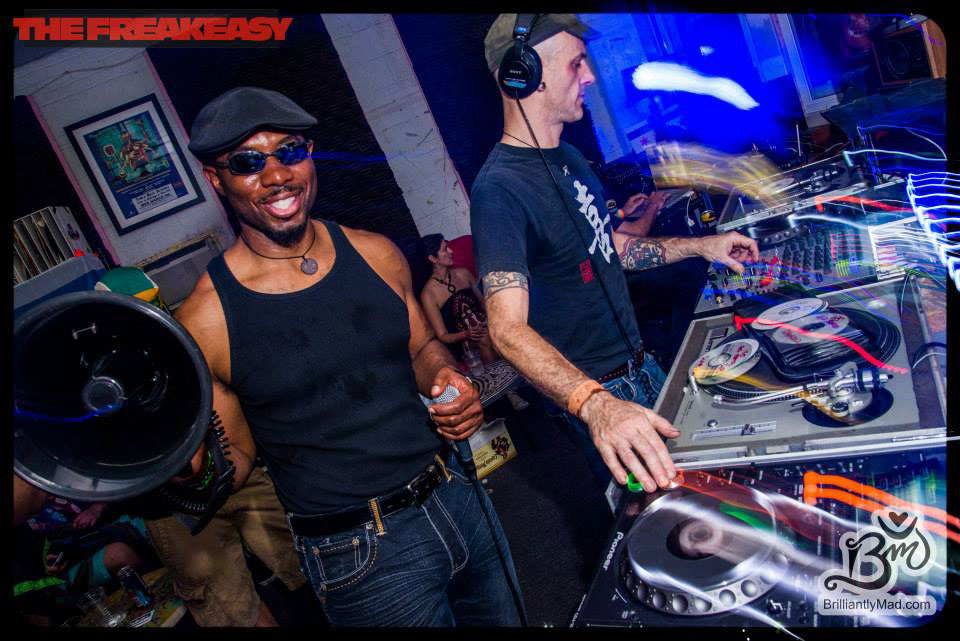
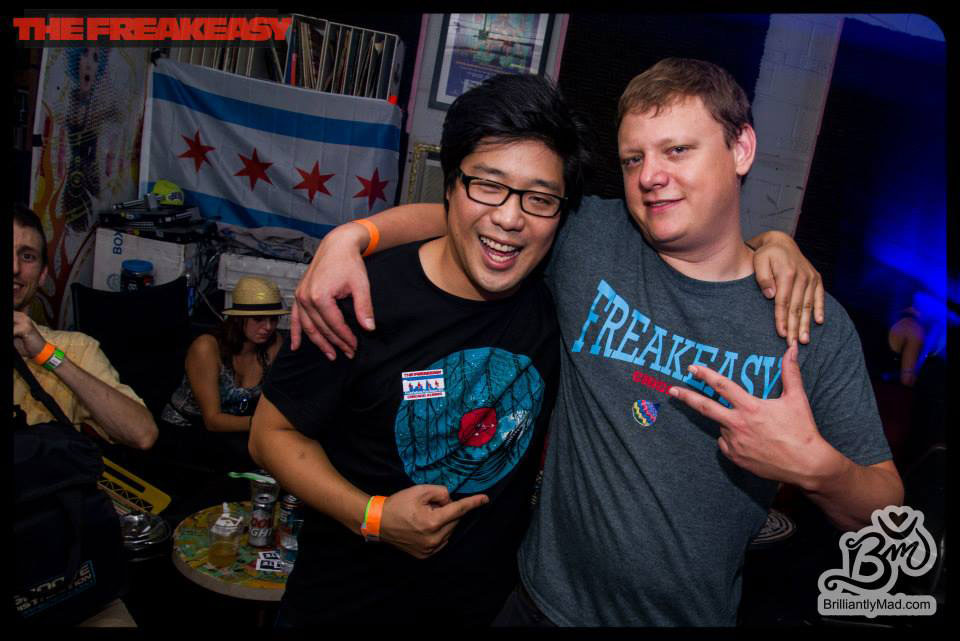
Never Do It For the Money
At the end of the day, why do people throw parties? Not just Freakeasy – why does anyone? What is their motivation?
“When you walk into a venue, you can smell their bottom line,” Matt says. “And the bottom line is that they’re trying to make money. And that changes the feeling.
“When your bottom line is to show people a great time, you’ll make the fucking money. If your bottom line is making money, you’re gonna fail. You might succeed for six months, but you’ll be like every place that opens and closes. Because you keep changing up your night to chase the money.
“Do a great job, be nice to people, make people have a great experience, your money will come. I truly believe that. If you’re trying to do it for the money you’ll always be second guessing yourself.”
*
The next Freakeasy event will be the “All Your Freaks Are Belong To Us” at the Metro and Smartbar featuring DJ Dan along with a whole host of DJs, dancers, artists and performers from different disciplines on Saturday, June 10th from 10pm-5am. For more information and tickets go to freakeasy.net/.
Freakeasy and learning the fine art of not giving a f#ck: Inside 5 Magazine Issue 148 featuring Chicago’s Freakeasy, Session Victim, Sleepy & Boo, SunceBeat and more. Become a member of 5 Magazine for First & Full Access to Real House Music for only $2 per month!






